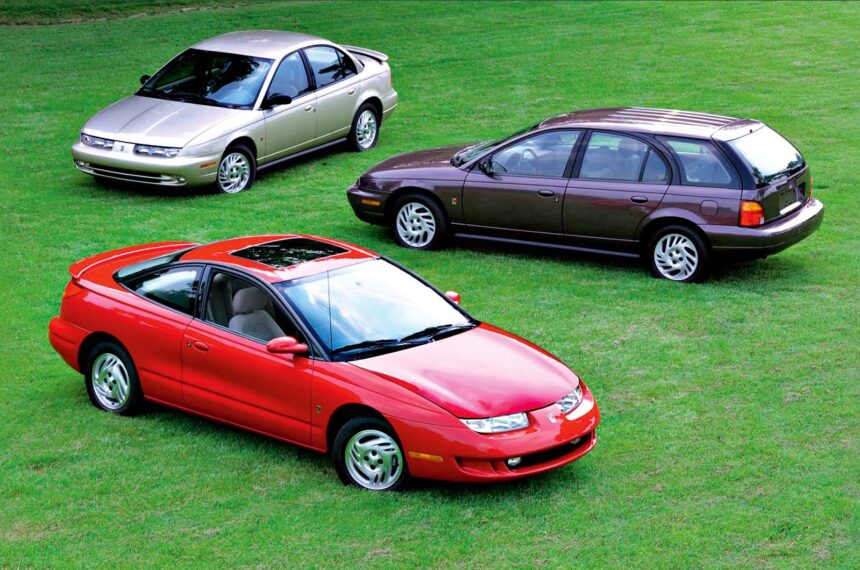In January 1985, General Motors’ boss Roger Smith boldly declared that Saturn was the key to the company’s long-term competitiveness, survival, and success as a domestic producer. The idea for this new brand was secretly formulated three years prior by senior engineer Alex Mair during a troublesome time for the US industry.
The name Saturn was chosen to reflect a patriotic mission, drawing inspiration from the rockets that propelled the US to victory in the space race against the Soviets.
During the 1970s and early 1980s, American manufacturers were losing market share to foreign competitors, particularly Japanese automakers. The oil crises of 1973 and 1979 had led to a shift in consumer preferences towards smaller, more fuel-efficient cars that were also better in terms of quality and driving experience.
GM, along with Chrysler and Ford, had seen a significant decline in sales during this period. To make Saturn succeed, GM needed to embark on a mission akin to rocket science, as previous attempts at creating “all-American import-busters” had failed.
Investing $4.3 billion, GM set up Saturn as a quasi-independent corporation with its own manufacturing facility in Spring Hill, Tennessee. This state-of-the-art plant covered all aspects of car production and aimed to achieve cost efficiencies similar to just-in-time manufacturing.
Lessons learned from GM’s collaboration with Toyota at Nummi in California were also implemented at Saturn, focusing on quality assurance and fostering a collaborative relationship between labour and management.
Despite facing challenges such as a lukewarm reception to the initial models and a safety-related recall, Saturn continued to strive for success under the leadership of new GM boss Lloyd Reuss. The innovative use of rust- and dent-resistant thermoplastic on a steel spaceframe was a key feature of Saturn’s vehicles.
By the time Saturn was launched in 1990, the investment had been scaled back to $2.8 billion, creating 6000 jobs. While the journey had been tough, there was optimism that Saturn could improve the competitiveness of the entire GM organization.
Overall, Saturn represented GM’s commitment to innovation and adaptability in the face of changing market dynamics, setting the stage for long-term success and sustainability in the domestic automotive industry.







